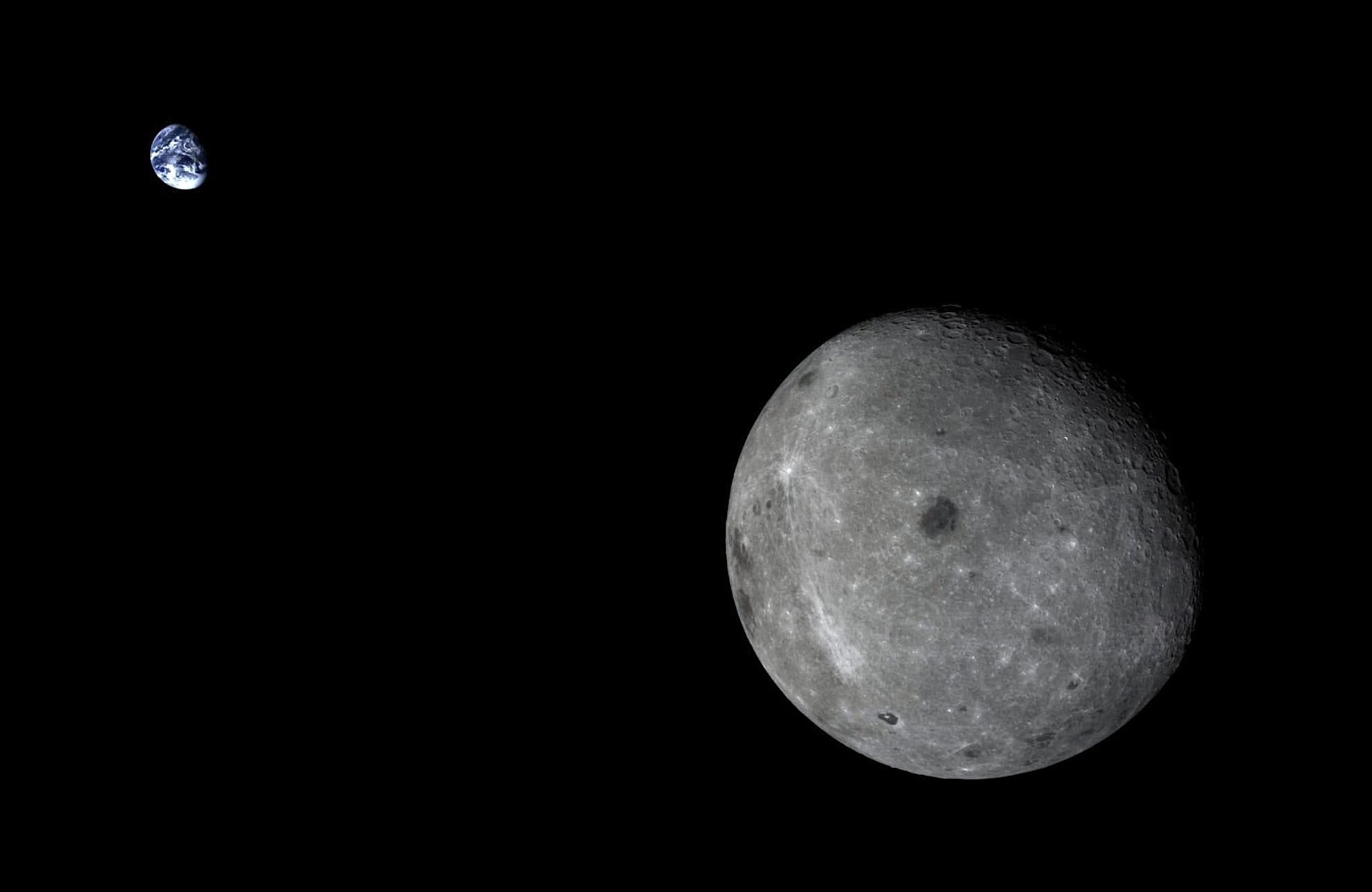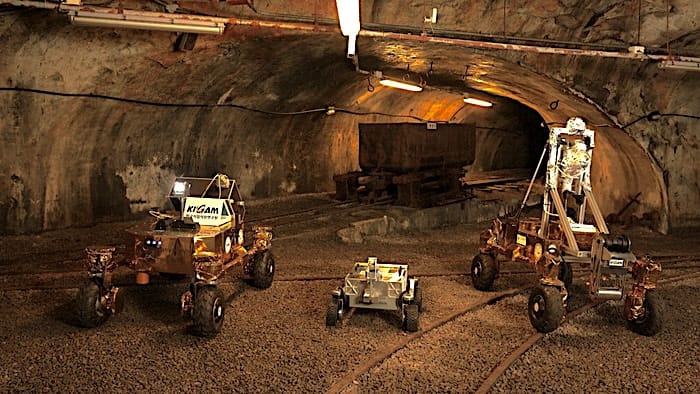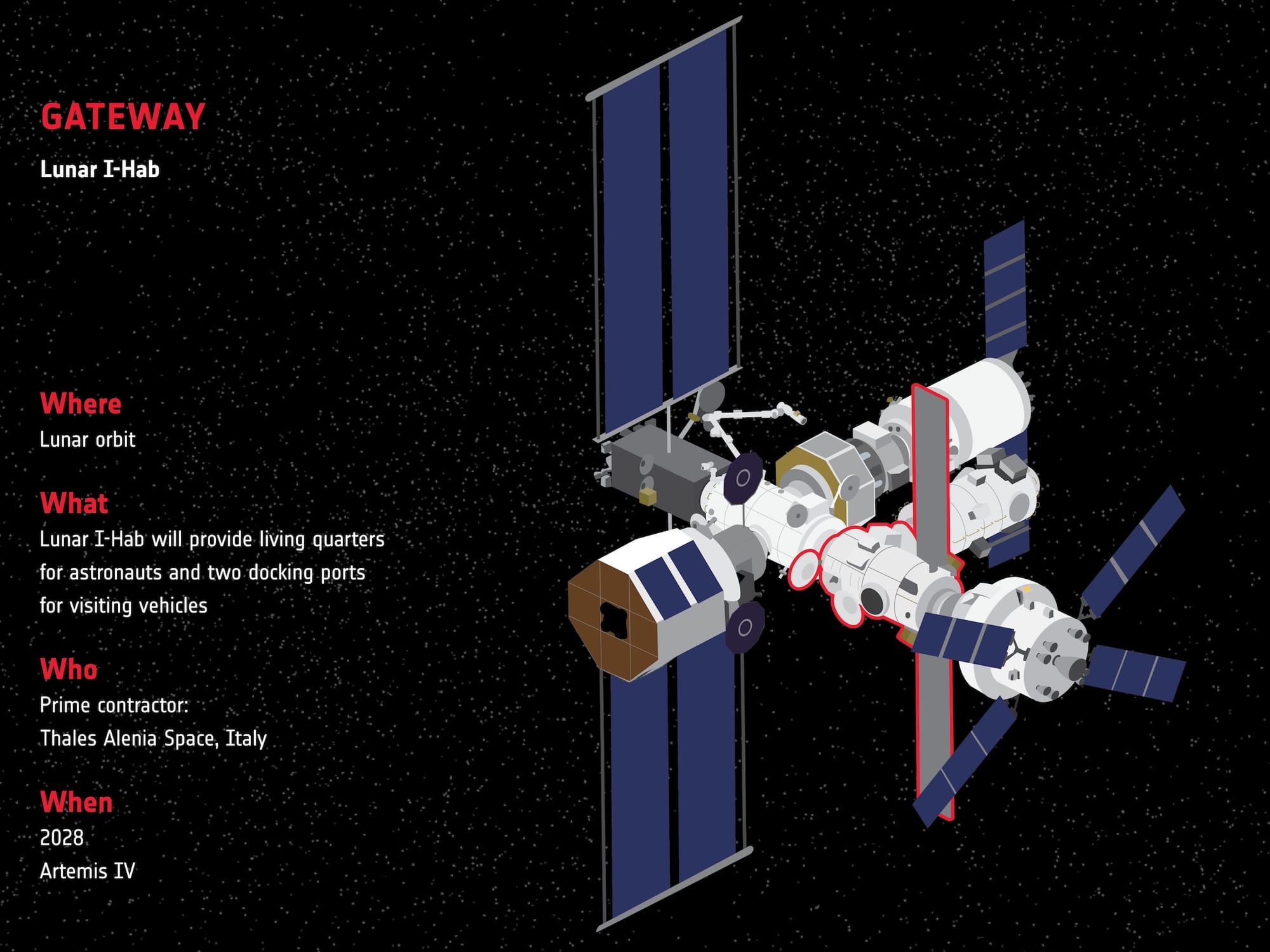Moon Monday #222: How China navigated failure to nail down lunar navigation success
Plus: Exploration and science updates from the US, South Korea, and Europe.
I’m thrilled to welcome Catalyx Space as the latest sponsor of my Moon Monday blog+newsletter. 🌗
Having raised $1.7 million in pre-seed funding, Catalyx is building fully integrated autonomous labs and re-entry capsules for microgravity and hypersonic sci-tech studies. The company is hiring for multiple positions. 🚀
Despite odds, China achieves an Earth-Moon navigation link

Qiu Chenhui of China Youth Daily reports based on an April 15 presentation by a Chinese Academy of Sciences (CAS) researcher Zhang Hao on how the latter’s team managed to put the twin DRO-A and DRO-B spacecraft into their intended lunar distant retrograde orbits (DRO) last year despite a failure of the upper stage of their launch vehicle Long March 2C.
The upper stage deployed the attached DRO-A-B craft with a high spin rate of once every 1.8 seconds, which bent and damaged their solar panels. While the satellite operators quickly stabilized the craft and figured out optimal dynamic solar panel orientations to stay power positive, the anomalous launch had also left the small satellites much more distant from the Moon than intended. Within days, the team took a key decision to not separate the twin spacecraft and to alternately use either craft’s engines to perform precisely timed orbital maneuvers which conserve and balance fuel availability. It worked. Combined with a fuel-efficient, low energy trajectory to the Moon generated as contingency, the still attached DRO-A-B craft entered lunar orbit in August 2024. The two craft separated from each other shortly after.
It was only days later that DRO-A and DRO-B fulfilled their primary mission objective: establish a laser-based navigation, timing, and communications link between the DRO craft at the Moon and the Earth-orbiting DRO-L satellite. Since then, the three craft have been able to track each other and navigate autonomously instead of relying heavily on or choking terrestrial ground stations.
This is a notable world first. And with it, not only did China avoid a mission failure but it cemented its lead in building a lunar communications and navigation network. The NASA-funded and Advanced Space-led CAPSTONE lunar orbiter has been making progress in cross-communicating with NASA’s Lunar Reconnaissance Orbiter (LRO) since over two years to perform similar Moon-to-Moon demonstrations but with a relatively limited scope than the Earth-Moon DRO trio.
As an unrelated but interesting tangent, Andrew Jones reports that DRO-A also carries an all-sky detector to monitor gamma-ray bursts from highly energetic cosmic objects. The instrument is thus enabling extended mission objectives, and continues the trend of China maximizing spacecraft capacity and time.

A lit lunar water source
A NASA-funded study used a particle accelerator to bombard Apollo 17 Moon samples for simulating long-term effects of the radiating solar wind on lunar soil. It found that the solar wind could indeed be a potent source for creating lunar water.
Relatedly, a February 2022 study analyzed water and other volatiles detected by NASA’s LCROSS spacecraft to determine the likelihood of their source being volcanoes, comets, micrometeorites, the solar wind, or even our Earth’s atmosphere. The volatile ratios in the study suggested comets to be the most abundant lunar water source, followed by micrometeorites. A related 2020 study supported this view since it found that even temporary atmospheres created by the peak volcanic Moon over 3 billion years ago were likely inefficient in transferring and depositing lots of water and other volatiles to permanently shadowed regions on the Moon’s poles. On the other hand, a study last year as well as a review paper from 2022 suggested based on various factors that the Moon’s past volcanism is the primary source of subsurface lunar water.
Scientists figuring out ratios of lunar water sources and other Moon mysteries tied to it will help us know not only how our Moon evolved but also what kinds of processes drive the evolution of airless planetary bodies across the Solar System.
Many thanks to Catalyx Space and Craig Hardgrove for sponsoring this week’s Moon Monday! If you too appreciate my efforts to bring you this curated community resource for free and without ads, kindly support my independent writing. 🌙
A small step for South Korea

Choi Won-seok and Minu Kim report that in a notable world first, South Korea is transforming the former mining site of Taebaek into a testing ground for advanced mobile lunar exploration technologies. This is partly due to the mine’s environmental resemblance to the darkness, coldness, and ruggedness of the Moon’s south pole. Korean institutions began testing rover prototypes there.
This move follows the development in February when South Korea’s National Space Council approved plans for a Moon lander made by the country’s newly forged space agency KASA as part of a broader investment in indigenous space technologies. In January, Kim Na-young reported that KASA is budgeting about $31 million this year towards building the lunar lander by 2032. In an approach similar to what ISRO takes for its planetary missions like Chandrayaan 3, South Korea is also indigenously developing the rocket to launch its Moon lander. The rocket’s budget line is also separately approved. KASA also plans to send a lunar environment monitoring payload through NASA’s CLPS program onboard Intuitive Machines’ third Moon lander for about $5 million. All of these investments are part of South Korea’s FY2025 space budget of $562.5 million, pushed with the aim of becoming a global space power in the coming decades.
Kim Na-young has also reported that other than the US, KASA seeks to strengthen partnerships with Japan and Europe too, including through multilateral participation in NASA’s Artemis program and as a signee of the US-led Artemis Accords which promotes cooperative lunar exploration.
More Moon

- Thales Alenia Space has contracted Redwire’s Belgian subsidiary to build and provide the docking & berthing mechanisms and ports for ESA’s Lunar I-Hab astronaut habitat module, which will be part of the upcoming NASA-led Gateway international orbital habitat. Last year, ESA and NASA astronauts provided feedback on the usability of initial interior mockups of I-Hab. This exercise allowed accommodating changes before the upcoming critical design review phase, after which assembly and integration of Lunar I-Hab can begin.
- A NASA article on Dr. Juliane Gross, the Sample Curation Lead for Artemis missions, succinctly summarizes the complex scope of her work:
Her multifaceted role includes preparing the Johnson facility that will receive new lunar samples, developing curation strategies, and collaborating with mission teams to plan sampling operations, which encompass collection, handling, transport, and storage processes for all stages of Artemis missions. She trains program managers and engineers on the importance of sample return and teaches crew members how to identify lunar samples and collect them without contamination. She also works with the different programs and teams that oversee the vehicles used at different stages of lunar missions – collaborating with the human landing system team around tool storage and delivery to the lunar surface, the Orion Program to coordinate sample stowage for the return to Earth, and Exploration Ground Systems to plan sample recovery after splashdown.
Once samples are returned to Earth, Gross and the ARES curation team will conduct a preliminary examination of the materials and release a sample catalog from which members of the global scientific community may request loans to carry out their respective research.
- Related: How NASA has been incrementally planning Artemis science
